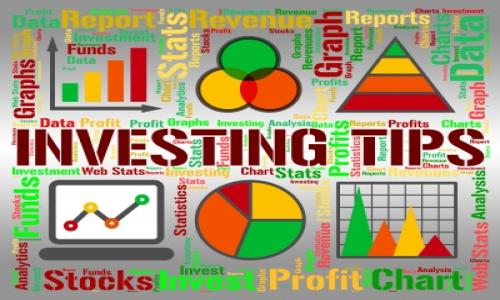MARKET UPDATE
A selloff last week has given more yield for retail buyers.
RECOMMENDATION
The curve has changed dramatically in two weeks; earlier maturities are providing less certain asset preservation and liquidity, forcing some accounts to swap into longer paper. Intermediates are thus better placed for overall resilience; at some point, the front end should sell off again when rates begin to rise. Still, the hazard may be worse in waiting; long bonds have shown better relative demand and, because yield will reasonably be chronically scarce for years, investors may have an opportunity at present to acquire high grade income. Spread product may be more at risk if fund inflows slow.
INVESTING STRATEGY
With both Moody’s and Fitch now pursuing rating reform by the end of April, the muni market has begun an important transition to a less-credit/rating sensitive market. This may have important implications for investors, issuers, and dealers; everyone should be discussing related strategy in the context of their own business models.
SUMMARY
The municipal market weakened into quarter end on low volume and a shortened trading schedule last week. Treasury bond losses are exacerbating seasonal tax-related selling pressures, and, with another huge Treasury offering calendar this week and at least temporary confidence in stronger growth, our market could be situated for more of the same this week. However, a new quarter should also refresh institutional risk taking, and higher yields up front could begin to re-attract investors. We also believe there are real limits to just how far Treasury yields can rise; to the extent these outstrip looming increases in tax rates, buyers should emerge, possibly to the detriment of issuers in other taxable fixed income asset classes. The muni new issue calendar remains light this week and thus supportive of lower yields, as does the advent of rating reform programs. Fitch will today begin changing ratings on states, the District of Columbia, New York City, and Puerto Rico today; Moody’s own plan begins in two weeks.



Add your Comment
use your Google account
or use your BestCashCow account